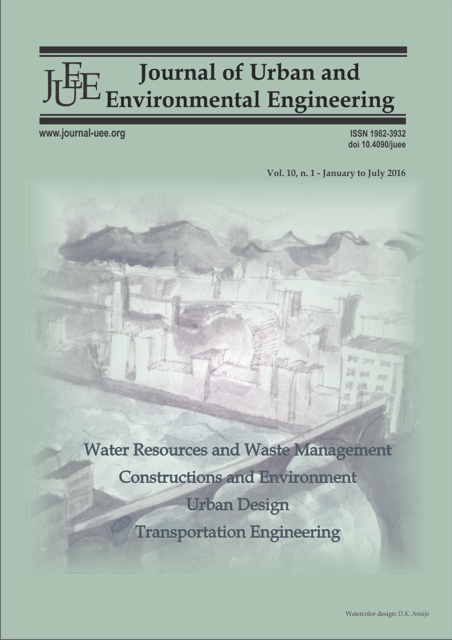MOLYBDENUM-REDUCING AND AZO-DYE DECOLORIZING SERRATIA MARCESCENS STRAIN NENI-1 FROM INDONESIAN SOIL
DOI:
https://doi.org/10.4090/juee.2016.v10n1.113-123Keywords:
molybdenum, bioremediation, azo dye, Congo Red, decolorizationAbstract
Heavy metals and organic xenobiotics including dyes are important industrial components with their usage amounting to the millions of tonnes yearly. Their presence in the environment is a serious pollution issue globally. Bioremediation of these pollutants using microbes with multiple detoxification capacity is constantly being sought. In this work we screen the ability of a molybdenum-reducing bacterium isolated from contaminated soil to decolorize various azo and triphenyl methane dyes. The bacterium reduces molybdate to molybdenum blue (Mo-blue) optimally at pH 6.0, and temperatures of between 25 and 40oC. Glucose was the best electron donor for supporting molybdate reduction followed by sucrose, trehalose, maltose, d-sorbitol, d-mannitol, d-mannose, myo-inositol, glycerol and salicin in descending order. Other requirements include a phosphate concentration of between 5.0 and 7.5 mM and a molybdate concentration between 10 and 20 mM. The absorption spectrum of the Mo-blue produced was similar to previous Mo-reducing bacterium, and closely resembles a reduced phosphomolybdate. Molybdenum reduction was inhibited by copper, silver and mercury at 2 ppm by 43.8%, 42.3% and 41.7%, respectively. We screen for the ability of the bacterium to decolorize various dyes. The bacterium was able to decolorize the dye Congo Red. Biochemical analysis resulted in a tentative identification of the bacterium as Serratia marcescens strain Neni-1. The ability of this bacterium to detoxify molybdenum and decolorize azo dye makes this bacterium an important tool for bioremediation.Downloads
Download data is not yet available.
Downloads
Published
2016-08-23
Issue
Section
Articles




